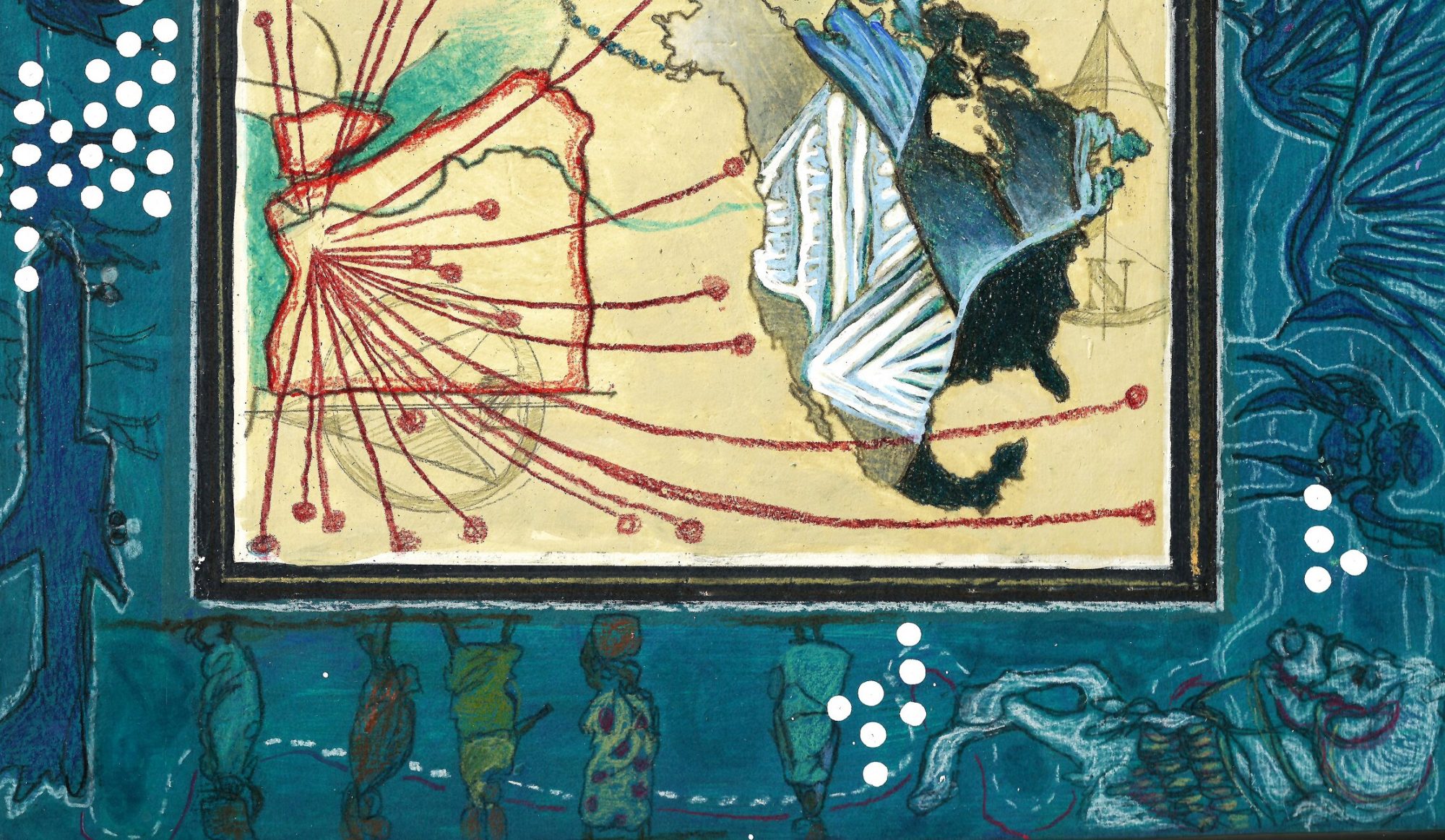Publications
- Pansee Abou ElAtta, Legitimizing Ḥurma As A Mode Of Affective Relation To Antiquity, Journal of Egyptian Archaeology (Forthcoming/2025)
- Pansee Abou ElAtta, More-than-human networks Dutch museum collections (Forthcoming/2025)
- Pansee Abou ElAtta, “The Moon Upon its Fourteenth Night: Embodied archives, gendered histories, and decolonial story-telling practices.” Worlding Public Cultures Chapbook Series, ICI Press (Forthcoming/2025)
- Atta, Pansee. “Feeling Unproductive: Vivek Shraya on the Creative Labor of Negative Affect.” Re/Imagining Depression. Palgrave Macmillan, Cham, 2021. 119-132. https://doi.org/10.1007/978-3-030-80554-8_10
PhD
Unruly Appreciations: How Contestation Shapes the Value of Pharaonic Things
Carleton University, 2022
https://curve.carleton.ca/6a6f922c-c2b7-40aa-b605-4ae412c5e5a8
ABSTRACT:
How have Egyptian struggles to repatriate and retain Pharaonic artifacts shaped the value and meaning attributed to these iconic but contested objects? And how have these public struggles influenced museum practice from the time of its modern origins? This dissertation works against the archival grain to trace a popular history of three Pharaonic objects (or collections thereof) around which highly-visible campaigns for ownership have been waged: Tutankhamun’s treasures, The Bust of Nefertiti, and the obelisk typically titled the ‘Paris Needle’.
Each chapter examines the contestations through which these objects have gained a foothold in Egyptian liberatory projects and in the global imaginary, from the 18th century to the present day. Colonial expeditions in Egypt represent some of the earliest ventures in modern archaeological collection and museology, generating a foundation upon which many of the world’s most authoritative museums have constructed their legacies as part of broader nation-building projects. In the case of the ‘Tutmanias’ of the 1920s and 1970s, media representations leverage public conceptions of ancient history to consolidate Western geopolitical power in the Middle East. Mass media plays a similar role with the Bust of Nefertiti, whose ownership becomes the focus of frenzied publicity in Weimar Germany, reflecting and reproducing the racial, geopolitical, and gendered anxieties of the era. The obelisk’s transport from Luxor to Paris produces and mediates the public square in a different way, erasing Egyptian labour while glorifying the feat of its transport to substantiate its value as a trophy.
Finally, this dissertation looks to the displacement of Gurna – a supposed “world capital of thieves” atop the Theban Necropolis – as a case study in intra- and inter-national contestation around the ‘value’ of heritage, preservation, and place. Doing so, this project draws links between the complex imbrications of artifactual value on the economic, sociological, and semiotic levels. These highly-public yet little-researched anticolonial struggles shed light on the ways in which rhetorics of (economic and affective) ‘appreciation’ are deployed to impose ways of feeling and knowing about history which produce normative museological ends.
